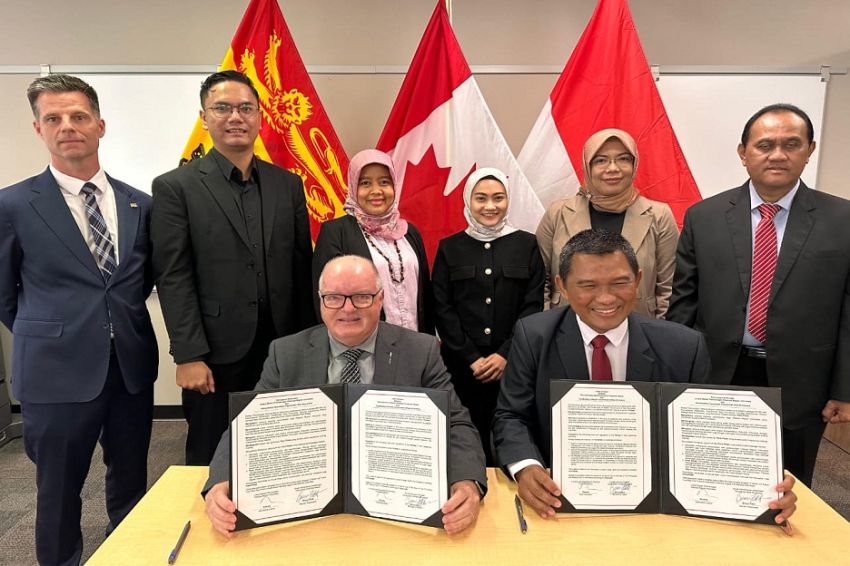Immigration Minister Marc Miller met with provincial and territorial immigration ministers in Montreal on May 10 to discuss shared priorities for the future of immigration in Canada.
Together, the ministers constitute the Federation of Ministers Responsible for Immigration (FMRI). The FMRI is a decision-making body that aims to support an effective Canadian immigration system. Its mission is to advance shared immigration priorities and improve Canada’s immigration policies and programs.
The FMRI meets twice a year for Immigration Ministers to advance provincial priorities and collaborate with colleagues. The last meeting took place in November 2023.
Find out if you qualify for Canadian immigration
Throughout yesterday’s conference, the minister reiterated that discussions had been largely positive and productive, but stressed that there was still work to be done, particularly within the framework of Canada’s international student program.
International students
He said this year has been “turbulent” for the program due to several significant changes implemented since January. These changes include a buffer on the number of international student applications that Immigration, Refugees and Citizenship Canada (IRCC) will consider the introduction of Provincial attestation letters (PAL) and changes to the eligibility criteria for Post-graduation work permit (PGWP).
The minister further noted that some provinces and territories have asked IRCC to consider longer PTPDs for graduates in health professions and trades, both of which are sectors that employ an aging workforce.
Minister Miller said IRCC is working on a permanent residency pathway for construction workers. He mentioned the current Express Entry category for candidates exercising a trade profession. However, according to a recent Access to Information Request (ATIP), this category will only represent 5% of invitations to apply (ITA) issued during Express Entry draws by category in 2024.
Additionally, many of these professions require provincial accreditation and the minister said that, as in previous meetings, provinces are working to “cut red tape” around the process so newcomers can work more quickly in areas of their choice. Recognition of foreign credentials is a provincial responsibility.
Temporary resident levels
Yesterday’s meeting was the first since IRCC announced several new measures and policies regarding temporary residency levels in Canada. Specifically, IRCC plans to begin adding temporary residency levels to the annual immigration levels plan. Minister Miller said these targets will act as a “soft cap” on the number of temporary residents (those in Canada on work or study permits, as well as visitor visas) for the next three years.
Overall, temporary residents currently represent 6.2% of Canada’s population. The new targets will bring this figure down to 5% over the next few years.
In his speech yesterday, Minister Miller emphasized that more accurate data sharing between provinces, territories and the federal government is necessary to ensure that provinces can fully plan for the future and better adapt newcomers to the needs of Workforce.
Part of IRCC’s plan to reduce temporary residency levels is to pursue more indoor attractions. This was recently seen in action when IRCC agreed to extend the work permits of nearly 7,000 WPPD holders who were candidates for the Manitoba Provincial Nominee Program. Extending these work permits reduces the need for Canada to admit more foreign applicants to fill gaps in the labor force.
IRCC has said it is willing to work similarly with other provinces and territories to facilitate the transition of more temporary residents to permanent residents.

“Amateur problem solver. Hipster-friendly alcohol lover. Beer buff. Infuriatingly humble tv geek.”






